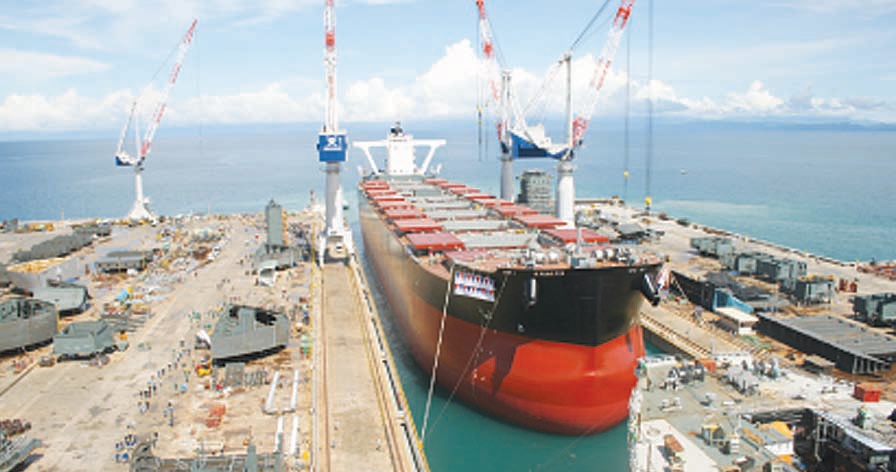
There is no assurance that this Philippine-made cargo vessel can be utilized at optimum level due to slow trade and competition.
Oversupply of bottoms in the international trade is expected to be one of the major issues that the industry will face this year, according to a report released by the United Nations Conference on Trade and Development (UNCTAD).
The report showed that the trend would continue even if there is enough data showing that seaborne trade is declining which is now below its 2007 level after reaching all-time high in 2008.
According to UNCTAD’s Review of Maritime Transport 2010, total seaborne trade during 2009 is at 7.84 billion tons.
The report explained that although a global recovery is underway, it is uneven, slower than the recoveries that have followed previous recessions, and subject to numerous uncertainties and to the fragile global economic conditions.
“The supply of new vessels showed no signs of abating,” the report revealed. “At the beginning of 2010, the world merchant fleet reached 1,276 million deadweight tons (dwt) – an increase of 84 million dwt over 2009. This growth resulted from record new deliveries of 117 million dwt, compared to demolitions and other withdrawals from the market totaling about 33 million dwt.”
“New deliveries in 2009 were 42% higher than in 2008 because of the orders that had been placed prior to the downturn in global demand,” the report said.
“The resulting oversupply of tonnage then led to an over 300% surge in demolitions of older tonnage. However, despite this increase, the combined effect of a downturn in demand and an oversupply of vessels meant that freight rates for many vessel types remained depressed,” the report added.
World container port throughput, meanwhile, declined by an estimated 9.7% to 465.7 million twenty-foot equivalent units (TEUs) in 2009, the report says. Average ranking of the least developed countries (LDCs) in 2010 was 111, compared to an average ranking of 78 for other developing countries and 64 for developed countries. The rating indicates that LDCs remain isolated from major or frequently serviced shipping routes. Between 2004 and 2010, the connectivity ranking of LDCs improved by just 1 point.
Seaborne trade in dry bulk commodities, on the other hand, grew by an estimated 1.4% in 2009.
Every year, UNCTAD is releasing its Review of Maritime Transport that looks at transport developments in a particular region.
The focus in the 2010 edition is on developments in Asia since 2007, when UNCTAD last reported on the region. GDP growth in the Asia-Pacific region decelerated to 4% in 2009 – its lowest level in eight years. In tandem with the economic situation, growth in international merchandise trade in the region decelerated in 2008 and contracted in 2009. By 2010, economic indicators were showing a recovery in the region’s economic growth and trade, with some economies already showing signs of a return to pre-crisis growth and export levels. However, the recovery remains fragile and is subject to downside risks.